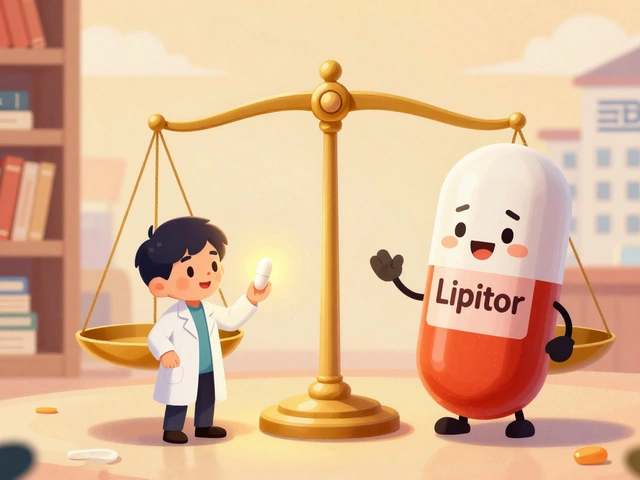
Immediate-Release Medications: How They Work and When They Matter
When you take a pill and feel relief within minutes, you’re likely using an immediate-release, a drug formulation designed to dissolve quickly in the stomach so the active ingredient enters the bloodstream fast. Also known as IR, this is the most common type of medication you’ll find on pharmacy shelves. It’s the reason your headache fades after an aspirin, your allergy symptoms calm after taking loratadine, or your pain eases after a dose of ibuprofen. Unlike extended-release versions that spread the dose over hours, immediate-release pills deliver their full punch right away—ideal when you need quick action.
But speed isn’t always better. extended-release, a formulation that slowly releases medication over time to maintain steady levels in the body is often preferred for chronic conditions like high blood pressure or depression, where consistency matters more than speed. Immediate-release forms, on the other hand, shine in situations like sudden pain, acute anxiety, or when you need to test how your body reacts to a new drug. They’re also common in emergency settings—think nitroglycerin for chest pain or albuterol for asthma attacks—where every minute counts.
The timing of side effects often ties directly to whether a drug is immediate-release. If nausea or dizziness hits within an hour of taking a pill, it’s likely due to a rapid spike in blood concentration. That’s why some people switch from immediate-release to extended-release versions—not because the drug doesn’t work, but because the side effects are too sharp. drug formulation, the way a medication is engineered to be absorbed and released in the body can make a huge difference in how well you tolerate a treatment, even if the active ingredient is identical.
Not all immediate-release pills are created equal, either. Some dissolve in under 15 minutes; others take closer to an hour. Factors like food, stomach acidity, and even the pill’s coating affect how fast it works. That’s why some medications say "take on an empty stomach"—it’s not just a suggestion, it’s science. And if you’ve ever wondered why your doctor switched you from one version to another, it’s often because your body responds better to faster or slower absorption.
You’ll find immediate-release versions in nearly every category: painkillers, antibiotics, thyroid meds, even some antidepressants. But knowing when to use them—and when to avoid them—can save you from side effects, wasted doses, or even dangerous spikes in drug levels. The posts below break down real-world examples: how allopurinol works in gout, why opioid side effects hit fast, how quickly Clomid triggers ovulation, and when immediate-release forms are the only practical choice. Whether you’re managing a chronic condition or just trying to understand why your pill works the way it does, this collection gives you the facts without the fluff.
-
17 Nov






